User insight: observing NIRS research with the Artinis PortaLite on elderly
As a designer, I believe that none of today’s successful products have been created by sitting behind a desk, thinking about the world while predicting what someone might need. That sounds obvious, but this is too often the way technology-driven companies operate concerning design. Their technology usually works great, but that does not mean the user is provided with the best product experience. At Artinis, we do not only strive to offer the best quality NIRS data, we work hard every day to deliver the complete package in which our products score high on usability and comfort. Our products are manufactured with carefully selected high-quality materials and we are constantly working on the look and feel of our devices to contribute to the overall design and user experience.
We like to incorporate the user from the very first beginning in our development process. Talking with researchers and clinicians, we get to know what’s driving them and what their expectations and suggestions are for our devices. We are constantly trying to understand their feelings and see the world from their perspective to optimize our NIRS devices. One way of doing this is observing and questioning the user that is working with the device, and subject that is wearing the NIRS device. This way, we are trying to gain new insights for existing and future NIRS products.
Visiting Radboud UMC
Figure 1: Measuring oxygenation in elderly by using two PortaLite sensors. Both sensors are placed bilaterally under the headcap and the corresponding control units are fitted to the mitella.
We visited one of the users of the PortaLite, Arjen Mol, PhD candidate at the Biophysics group in the Donders Institute for Brain, Cognition and Behaviour. Together with his colleagues, Arjen is investigating the problem of elderly people falling due to a (temporary) drop in blood pressure. Over one-third of people aged 65 years or older fall every year and in approximately half of these cases a fall is recurrent and can cause major medical trauma. This is a public health problem that often requires medical attention.
One of the causes of falling is low blood flow or low blood pressure, which is associated with chronic illnesses such as Parkinson. We all know that feeling when you stand up too quickly and get a little light-headed and dizzy, and after a little moment you can start walking again without any difficulties. Concerning the elderly, this light-headedness can have fatal consequences, because they can start walking too early which results in uncoordinated movement and ultimately to a falling-incident.
Arjen investigates the relation between falling and blood pressure in the brain. Next to modalities like ECG and PPG, he utilizes NIRS to gather data on brain oxygenation. With an Artinis PortaLite on each half of the frontal part of the brain he measures the changes in cerebral oxygenation during movements like standing up quickly. Currently, he finished his research on healthy elderly and in a few months he will start measuring elderly with a medical history of falling.
It was good to see that the PortaLite was very easy to set up and the subject that was wearing our device (Figure 1) experienced this as highly comfortable. During these visits, we always get ideas for improvement and we are often surprised by the ingenuity of the researcher to create the optimal setup.
“Talking with researchers and clinicians, we get to know what’s driving them and what their expectations and suggestions are for our devices. We are constantly trying to understand their feelings and see the world from their perspective to optimize our NIRS devices.”
User Insights
Another example in which we used our user-centered approach is the Artinis headcap, which is optimized for a large range of head sizes and -shapes due to the strong, slightly stretching neoprene. The headcap is comfortable to wear, also for longer measurements. We integrated the 10-20 system, the golden standard for EEG research in our headcaps, so these coordinates can be used for both reference to our NIRS optodes and our headcap can also be used for EEG research.
Figure 2: Testing the Artinis Baby Brite in our own Artinis playground to see how the target group experiences the product.
During the development of our Brite system, we experienced that people in the NIRS field were searching for a plug-and-play, wearable and flexible NIRS device, which could cover the entire frontal and prefrontal cortex. We made the optode holders easy to adjust and the holes as big as possible to make moving hair aside easier than ever. The Brite is also very lightweight and it provides high quality fNIRS data.
Figure 3: Our LED based optode, which is optimized for hair removal to shorten the setup time of your experiment.
Currently we are working on a lot of new and exciting stuff and we are always looking ahead for new areas to improve our devices.
Get in touch
It is very enlightening and important for us to observe how our products are being used in the field and what researchers or clinicians experience during their use. Moreover, it is a nice way to meet up with our customers and see what is driving them.
Are you doing, or planning to do, research with NIRS and you would like us to think with you about experimental setup or want to invite us to attend your research? We are always open to suggestions for improvement and we would be very happy to get in contact. Furthermore, if you happen to be somewhere in the Netherlands and would like to see what we are working on, you are more than welcome to drop by and we will show you around.






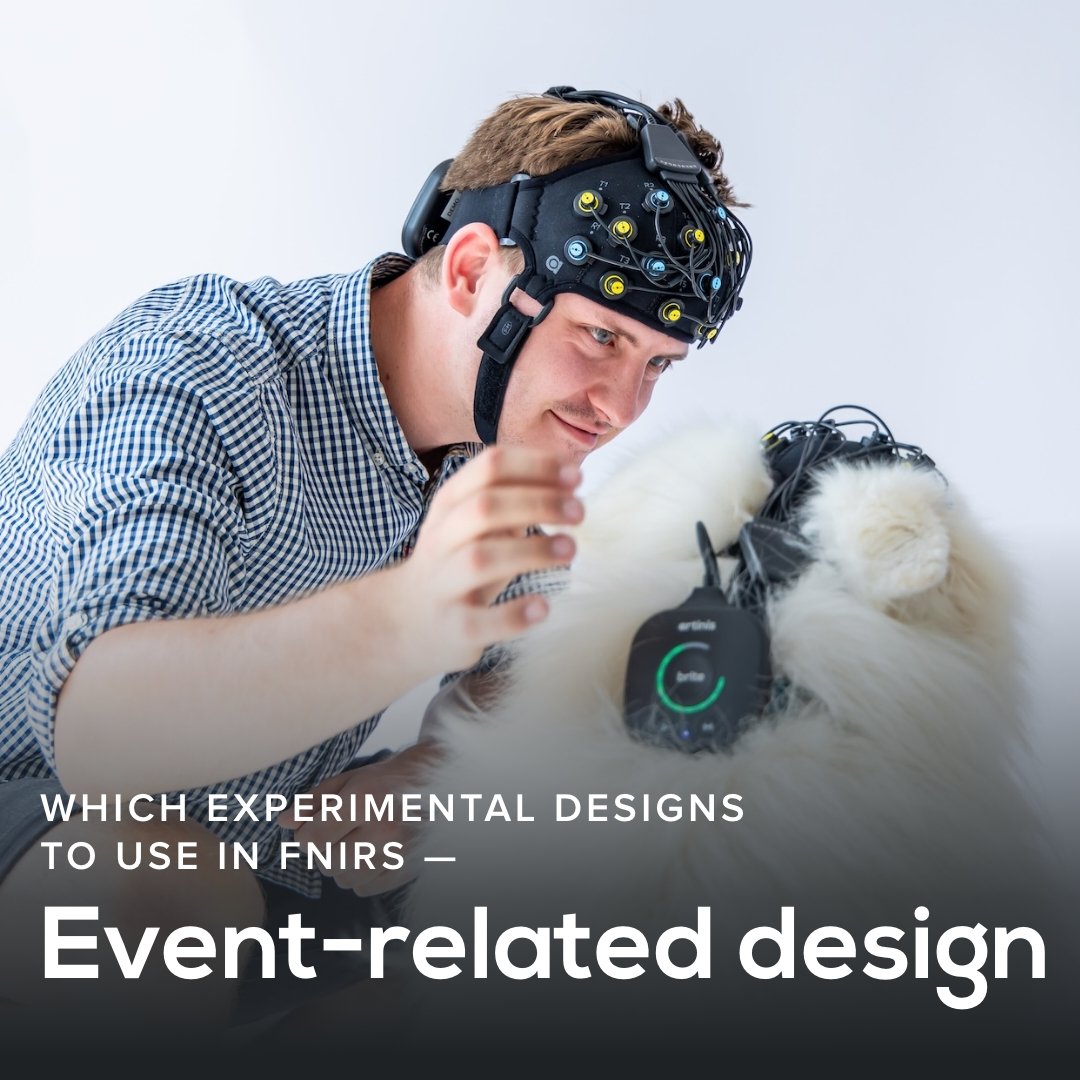
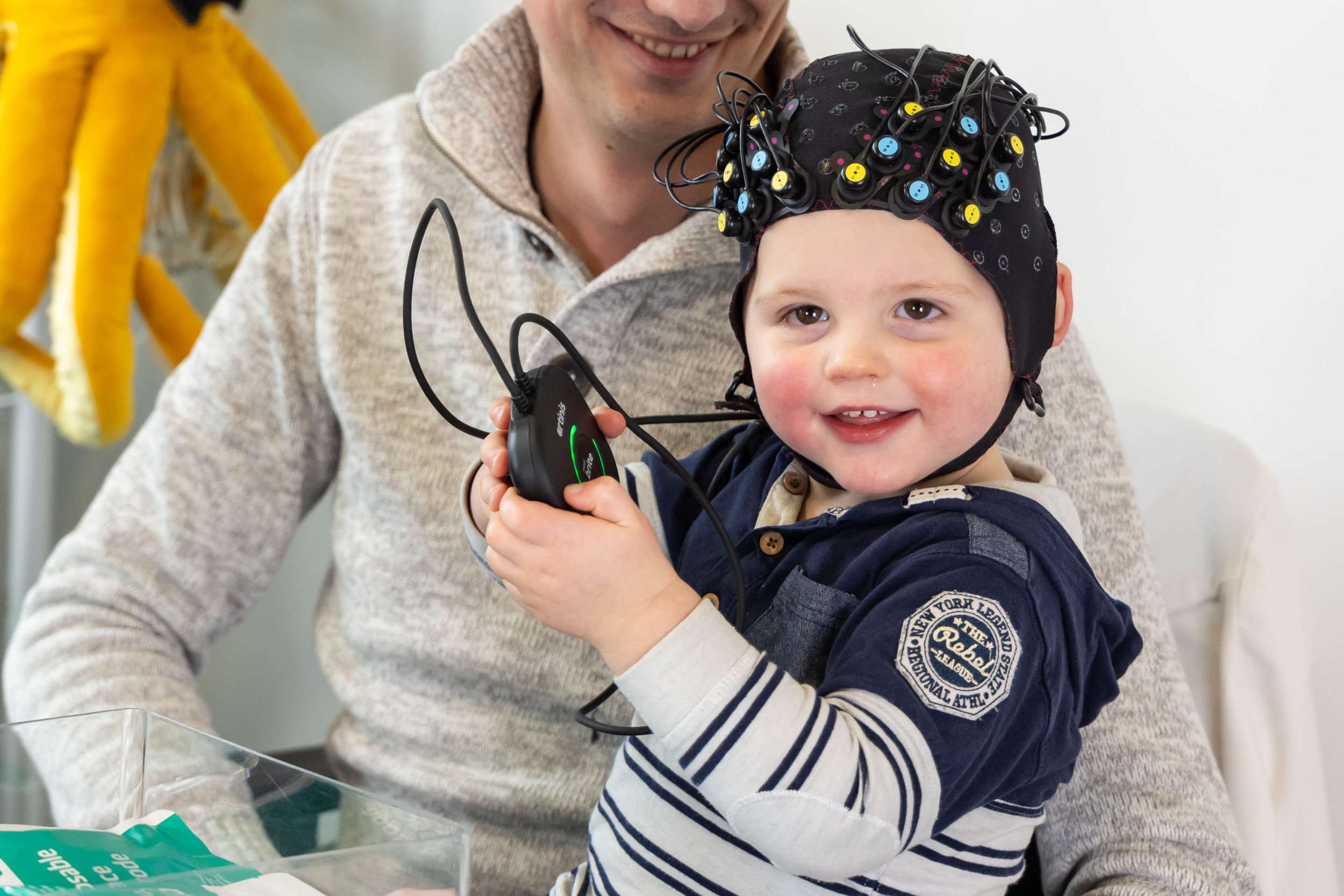
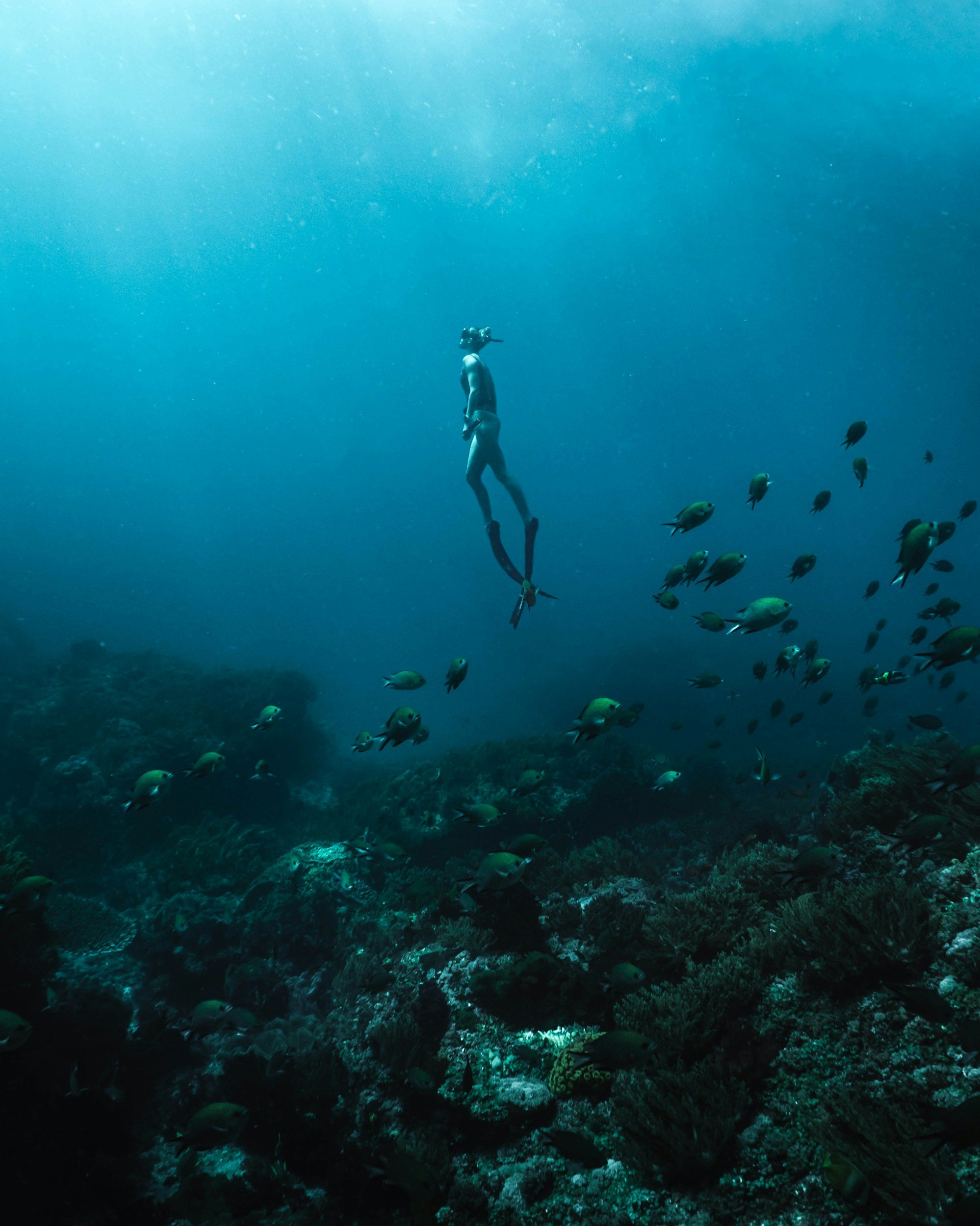
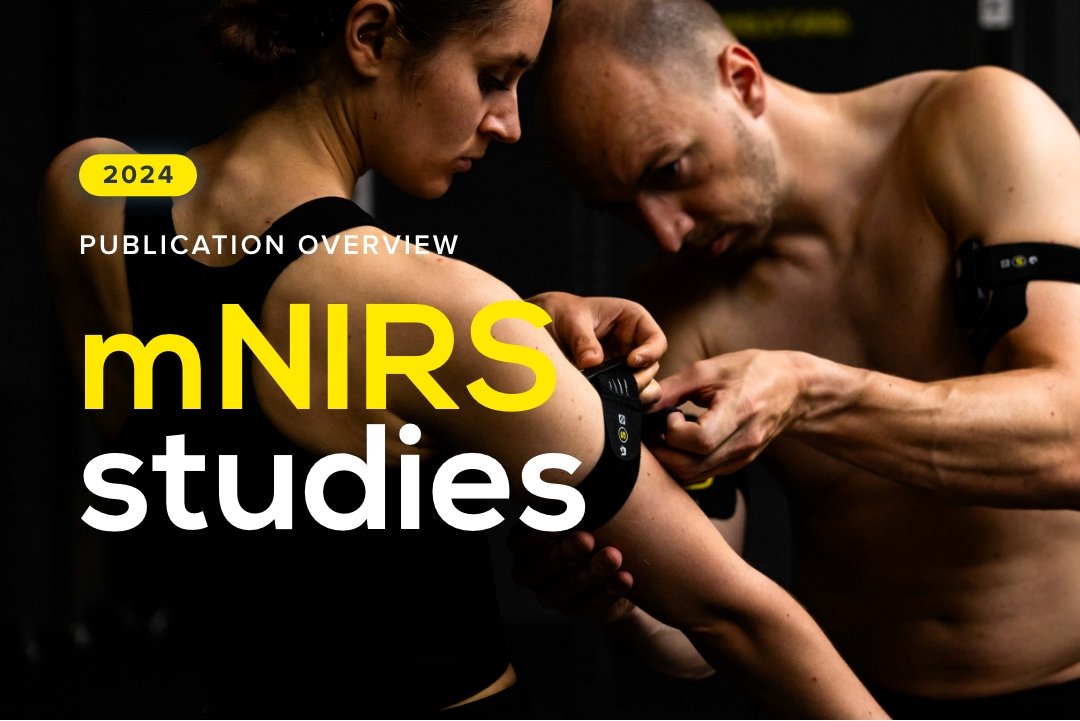
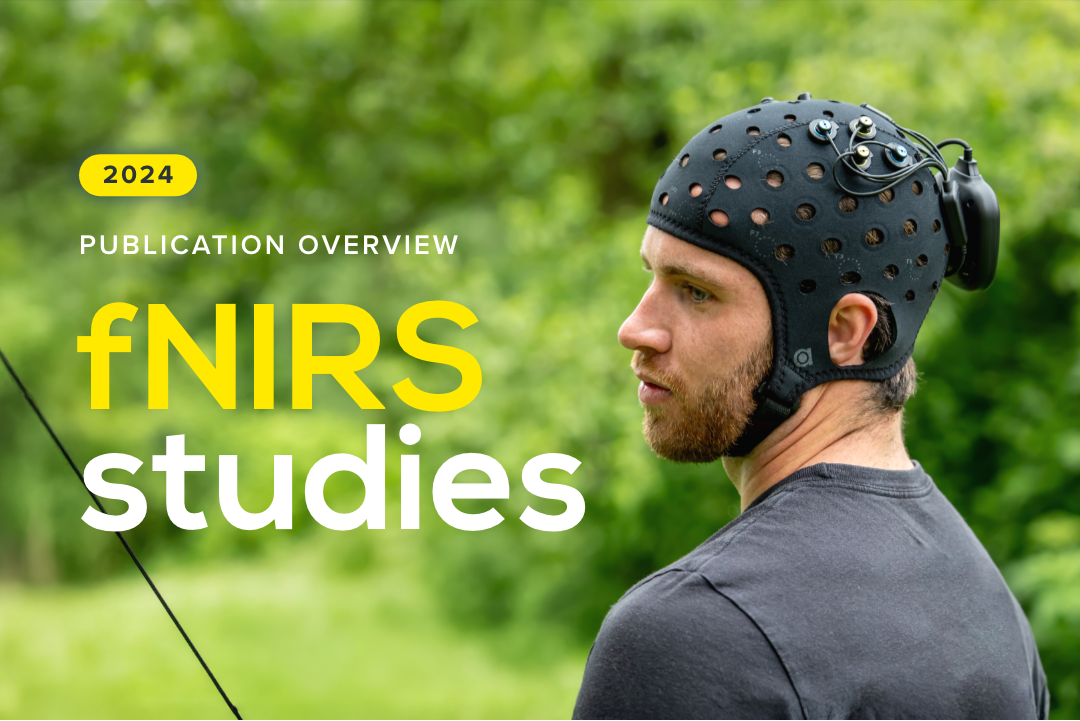
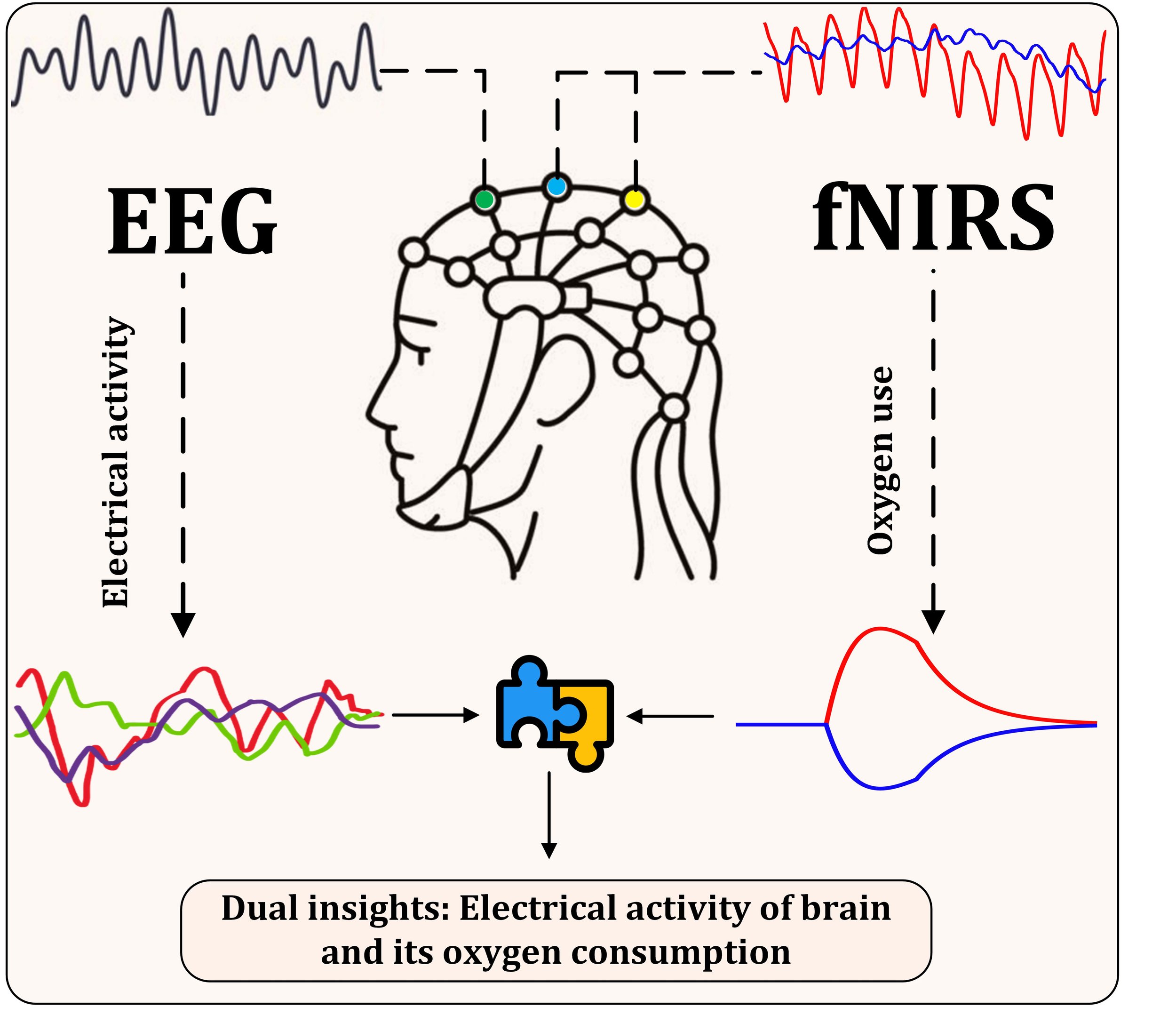
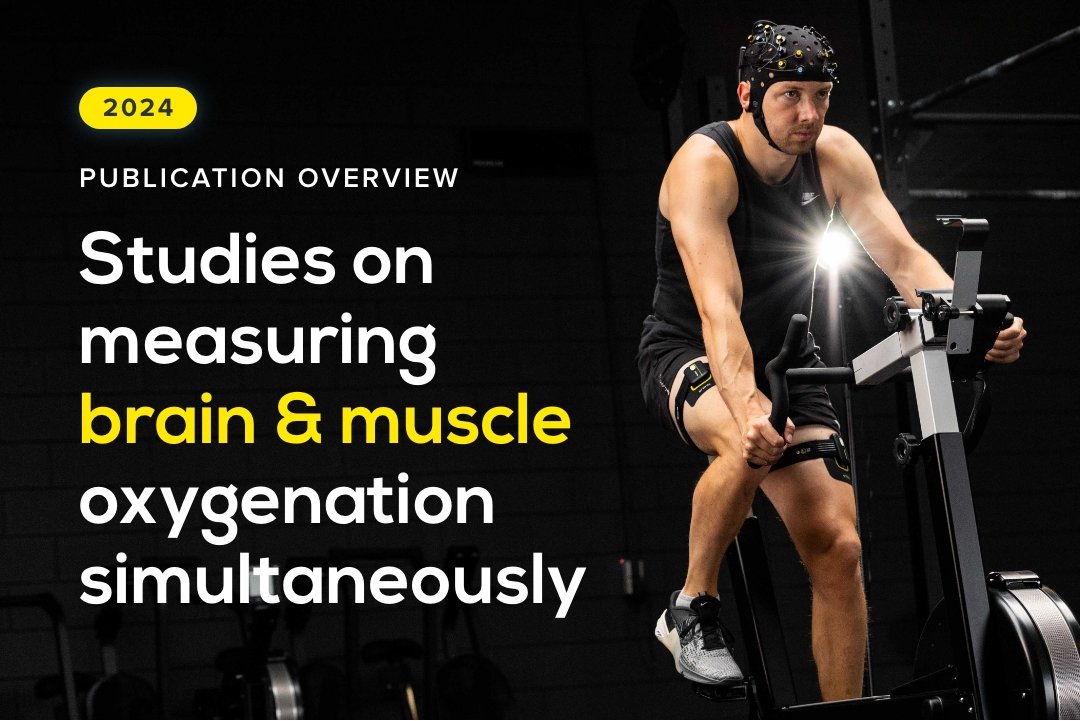
Due to its portability and ease of use, fNIRS is applied in a variety of research fields, especially in study designs involving movement. Although fNIRS is relatively insensitive to motion artefacts, they still can occur and might influence signal quality. In this first part of our blogpost series on motion artefacts in NIRS, we explain what movement artefacts are and how they can be recognized.